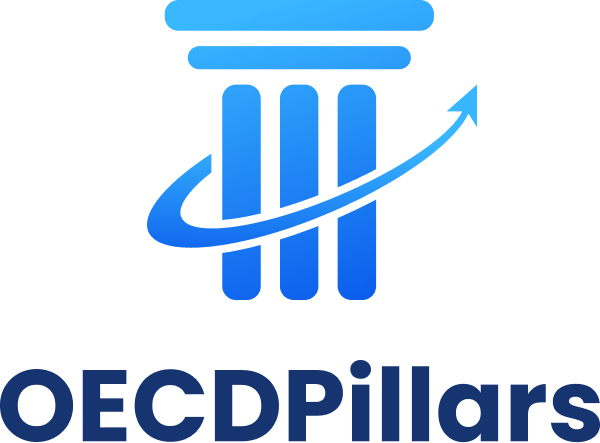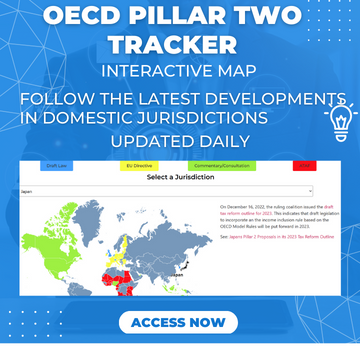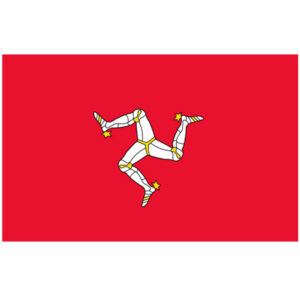Company A has:
Pillar Two GloBE income of 5,000,000 euros
Adjusted covered taxes of 1,000,000 euros
Investments in qualifying local tangible assets of 10,000,000 euros
Company B has:
Pillar Two GloBE income of 10,000,000 euros
Adjusted covered taxes of 1,000,000 euros
Investments in qualifying local tangible assets of 20,000,000 euros
The approach to calculating the amount of any top-up tax is as follows:
1. Calculate the top-up tax percentage
This is based on the jurisdictional Pillar Two GloBE income and Adjusted Covered Taxes.
The total Pillar Two GloBE income is 15,000,000 euros
The total Adjusted Covered Taxes are 2,000,000 euros
The Pillar Two GloBE ETR is therefore 13.3333% and the top-up tax percentage is 1.6667%
2. Calculate excess profit
This takes account of the substance-based income exclusion, again on a jurisdictional basis.
For the sake of simplicity lets ignore any transitional rules and have the rate for the tangible asset carve-out as 5%.
The substance-based income exclusion would therefore be 30,000,000 * 5% = 1,500,000 euros
Excess profit is therefore 15,000,000 – 1,500,000 = 13,500,000 euros.
3. Calculate top-up tax
If we assume there is no additional top-up tax or any tax payable under a qualifying domestic top-up tax (QDMTT), the top-up tax for Country B is 225,004 euros (13,500,000 * 1.6667%).
This illustrates the effect of jurisdictional blending. The income and taxes of the two companies in Country A are blended with the result that the high-tax company (Company A that had an ETR of 20% before the substance-based exclusion) offsets the low-tax company (Company B with an ETR of 10%).

















